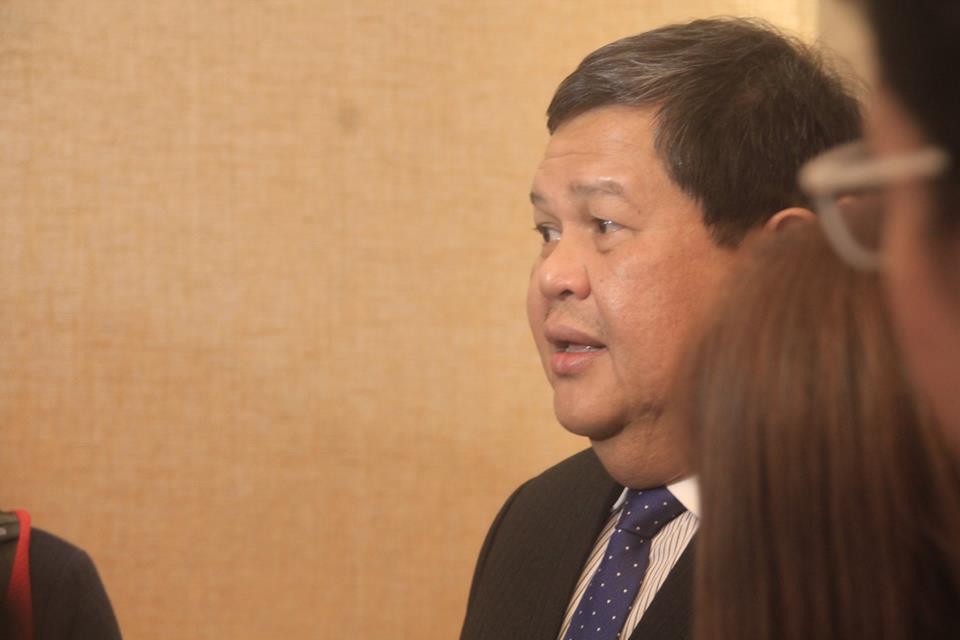Business and Economy
Espenilla: August inflation due to ‘cost push’ factors

Bangko Sentral ng Pilipinas (BSP) Governor Nestor A. Espenilla, Jr. on Wednesday explained that continued oil price hikes, due to developments in the international market, have also affected transportation and power rates. (File Photo: ECCP – European Chamber of Commerce of the Philippines/Facebook)
MANILA — The country’s top banker described August’s higher-than-expected inflation rate as “an unfortunate confluence of cost-push factors”, of which “much of it has to do with food supply shocks,” particularly on rice.
Bangko Sentral ng Pilipinas (BSP) Governor Nestor A. Espenilla, Jr. on Wednesday explained that continued oil price hikes, due to developments in the international market, have also affected transportation and power rates.
Cost-push factors propelled the Philippines’ inflation rate in August to 6.4 percent, nearly as high as in March 2009, which according to Espenilla was simply “beyond acceptable target range.”
Last month’s inflation was even higher than July’s 5.7 percent and year-ago’s 2.6 percent and brought the year-to-date average to 4.8 percent, above the government’s 2 to 4 percent target until 2020.
Core inflation, which excludes volatile food and fuel items, also registered an uptick to 4.8 percent from month-ago’s 4.5 percent and year-ago’s 2.2 percent. Year-to-date average is 3.7 percent.
“These warrant more decisive non-monetary measures to fully address,” he said.
Monetary officials have raised the BSP’s key rates by a total of 100 basis points so far this year as inflation continue to increase, due in part to increases in the prices of rice and some other food items due to the “transitory” impact of the first package of tax reform.
They forecast inflation to peak during the third quarter and settle back “within-target levels” in 2019.
He also said that currencies, including the peso, are “being adversely affected by emerging market uncertainties and a strong US dollar.”
“These are adding to the cost-push pressures,” he said, but pointed out that “it is equally apparent that strong domestic demand is making it too convenient for producers and traders to pass on higher costs and possibly more to consumers.”
BSP’s policy-making Monetary Board (MB) will have its sixth rate setting meet for the year on September 27, and Espenilla said the Board “will be looking more closely at the latest data to reassess the medium-term inflation path.”
Among the factors that the Board will consider checking if there is further need for monetary policy action are the ongoing developments overseas like policy actions of the Federal Reserve, particularly the impact of these on the local currency, Espenilla said.
“Appropriate recommendations will be presented to the MB on September 27 at its next policy meeting. It is most critical at this point to restore inflation back to the target range soonest and securely anchor inflationary expectations,” he added.





















